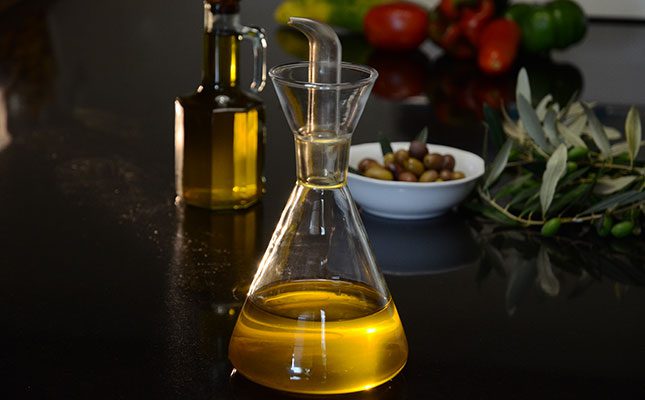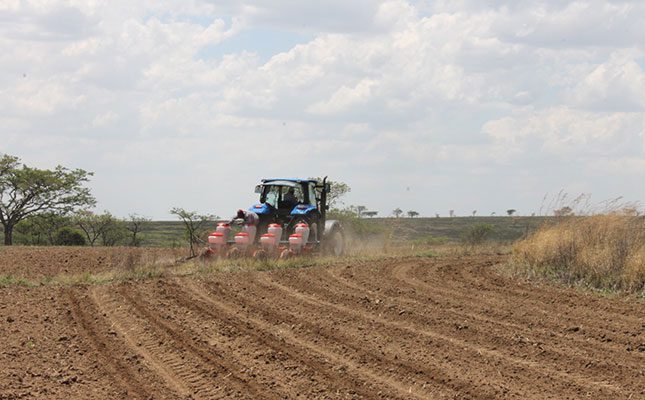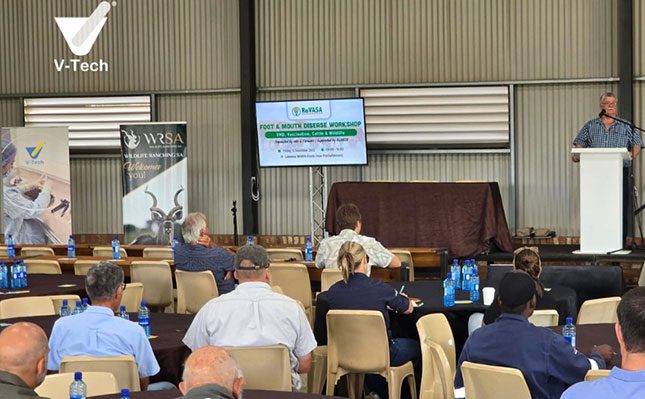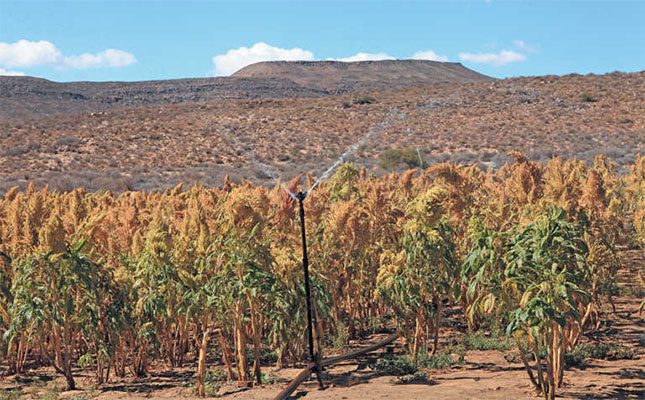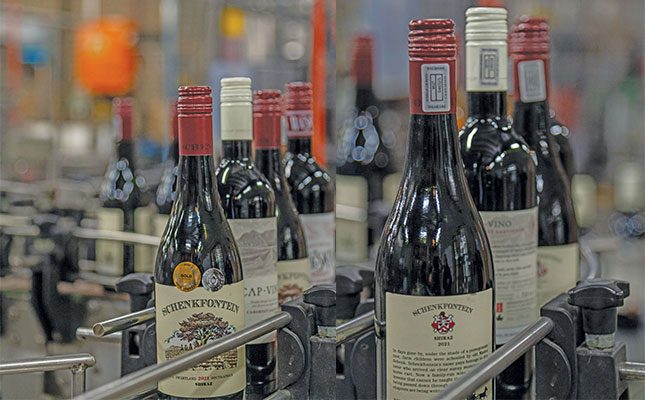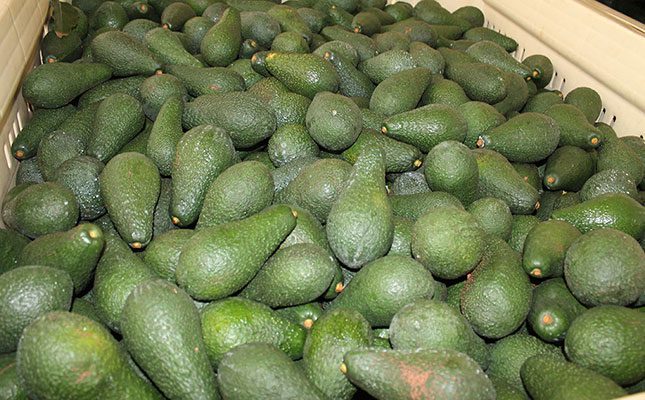
Speaking at the Subtrop Marketing Symposium, held in White River, Mpumalanga, Glynnis Branthwaite, founder of Protactic Strategic Communications, said marketers needed to be flexible.
“Facts, the situation, and channels change quickly. If you aren’t watching what worked yesterday, today and tomorrow, you risk losing out on market share.”
She used avocados as an example, which, prior to 2021, about 88% of consumers said they would not purchase online. This year, some 86% said they would.
“Avocados are in the top 10 of most purchased items on some supermarket apps.”
Branthwaite pointed to research by market research platform Kantar, which showed there was a disparity between what marketers and consumers deemed important. This meant that marketing campaigns were often missing the mark.
“For consumers, point-of-sale advertising and information are the most effective in influencing purchasing decisions. This is followed by cinema adverts, sponsored events, and newspaper advertisements.
“Marketers, on the other hand, deem digital out-of-home advertisements to be the most important tool in increasing sales, followed by sponsored events and online video advertisements,” she explained.
While employing influencers to push sales was important, Branthwaite noted that consumers were becoming more sceptical.
“They recognise it as paid-for advertising, and the average watch time of their videos is decreasing. Yet the use of influencers is still growing exponentially, even as they become more expensive.”
She noted that micro-influencers were gaining popularity since they had higher-quality audiences, albeit a smaller reach.
“It is important not to use reach as a metric for success on social media, but rather engagement.”
In South Africa, Facebook and Instagram are the major social media platforms for engaging with consumers, and TikTok is growing rapidly.
With a greater focus on environmental footprints, creating, telling, and selling the ‘green story’ has become all the more important for fresh produce suppliers.
Eddie Vienings, CEO of Blue North, noted that carbon-neutral labelling was a growing trend, although it had stagnated as supermarkets realised consumers were confused by it.
“They don’t really understand what [carbon-neutral labelling] means, or how it is calculated,” he said.

